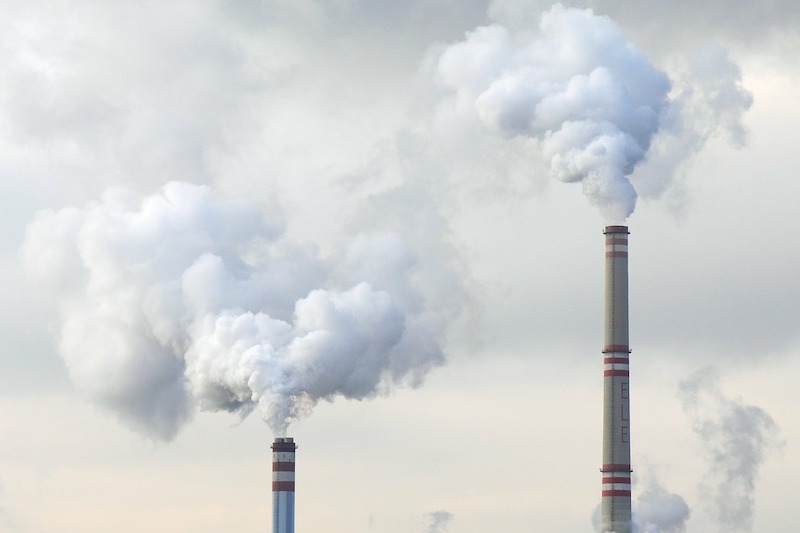Most of the 10 states that rely the most on natural gas or propane for heating and cooking have ambitious climate goals.
Some aim to reduce greenhouse gas emissions by as much as an 80% by 2050. “Combustion emissions produced within these jurisdictions suggest it will not be possible to meet climate goals without immediate and durable action on building fossil fuel use,” according to an article by the Rocky Mountain Institute.
Natural gas along with smaller amounts of oil and propane in buildings accounts for 10% of total US economy-wide emissions. Just 10 large states—most of which are in the Northeast— are responsible for 56% of those emissions.
Switching from fuel oil to gas reduces a home or business’s emissions by about 27%, or around 16% for propane. That’s not enough to reach carbon emission reduction goals. That means homes and businesses will have to switch to electric heat pump technology powered by electricity from renewable sources if states’ climate goals are to be met.
Related Stories
| Mar 22, 2012
Bill would reintroduce “opt-out” provision in lead paint law
The Lead Exposure Reduction Amendments Act of 2012 (S2148) would restore the "Opt-Out" provision removed from the Environmental Protection Agency's Lead Renovate, Repair and Painting (LRRP) rule in April 2010.
| Mar 15, 2012
New Florida building code establishes flood and storm surge provisions
The new 2010 code establishes minimum design and construction requirements to protect buildings from wind, rain, floods, and storm surges.
| Mar 15, 2012
Illinois city rejects international code due to home sprinkler requirement
Macomb, Illinois aldermen voted to recommend that the city not adopt 2012 international building and residential code standards requiring the installation of overhead sprinkler systems in newly constructed one-family and two-family homes.
| Mar 15, 2012
Tenant advocates propose licensing landlords in New York City
With thousands of New York City rental units posing potential dangers to tenants, city advocates are proposing measures to make landlords improve building safety.
| Mar 15, 2012
Construction industry a big winner in federal small disadvantaged business procurement
Last year, only 5% of federal contract dollars went to small disadvantaged businesses. Construction and facilities support firms were the biggest beneficiaries.
| Mar 15, 2012
ANSI approves new fall protection standards
The American National Standards Institute (ANSI) has approved two American Society of Safety Engineers' (ASSE) standards addressing fall protection.
| Mar 8, 2012
Engineering innovation provides new option for meeting seismic codes in skyscrapers
Two University of Toronto engineers have developed “viscoelastic-energy-dissipating dampers” to replace many of the heavy concrete beams used in tall structures.
| Mar 8, 2012
CSI webinar on building code compliance March 22
A March 22 webinar will provide an overview of a 28-step process during the design of a building to ensure compliance with building codes.















